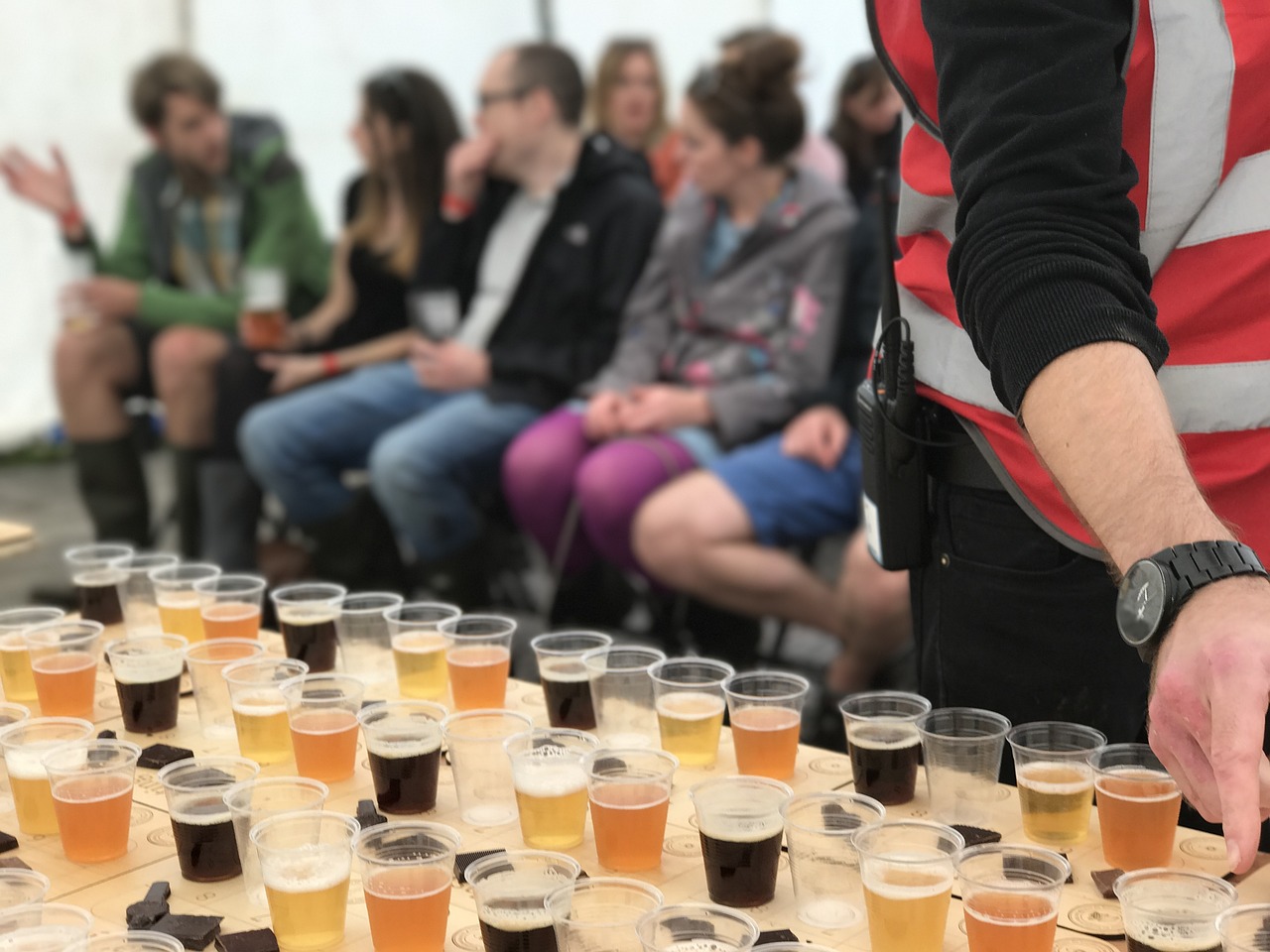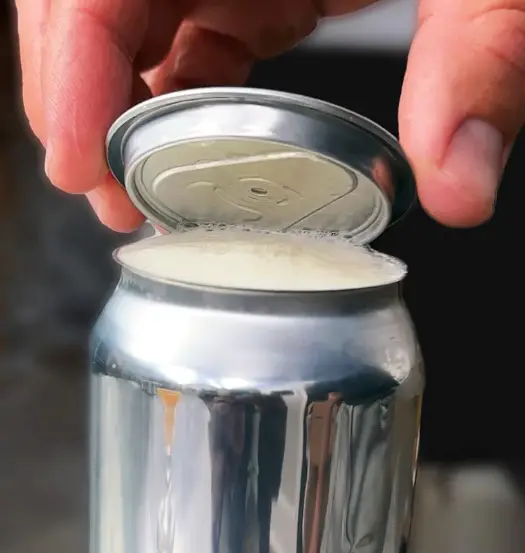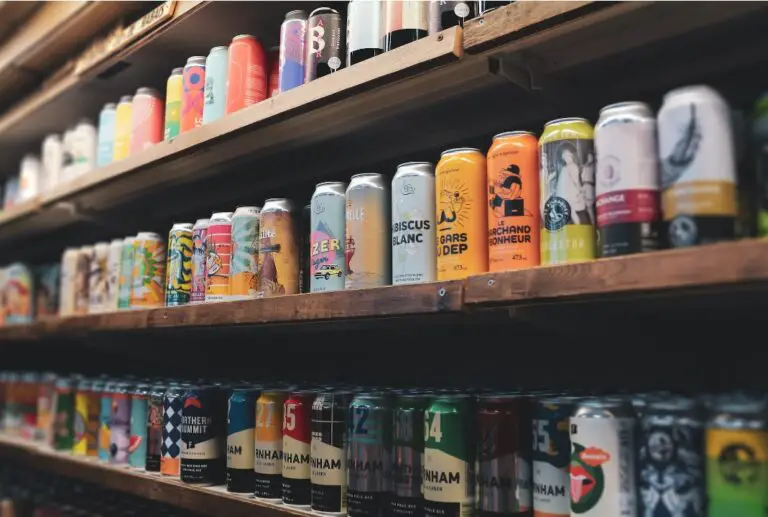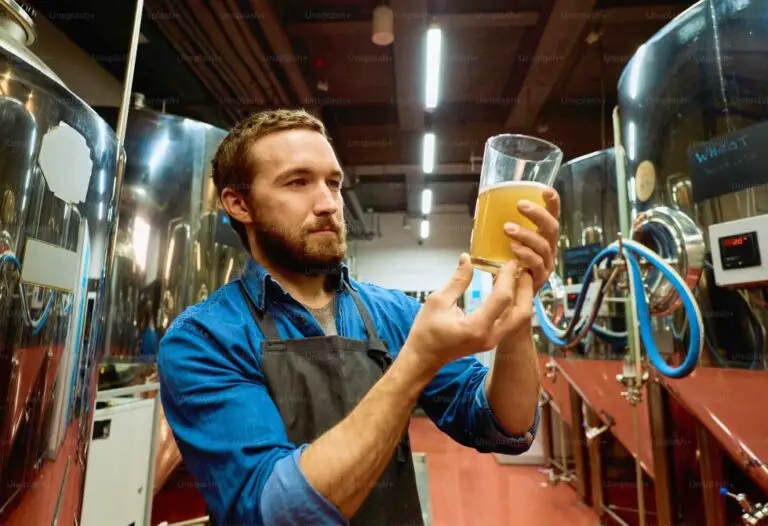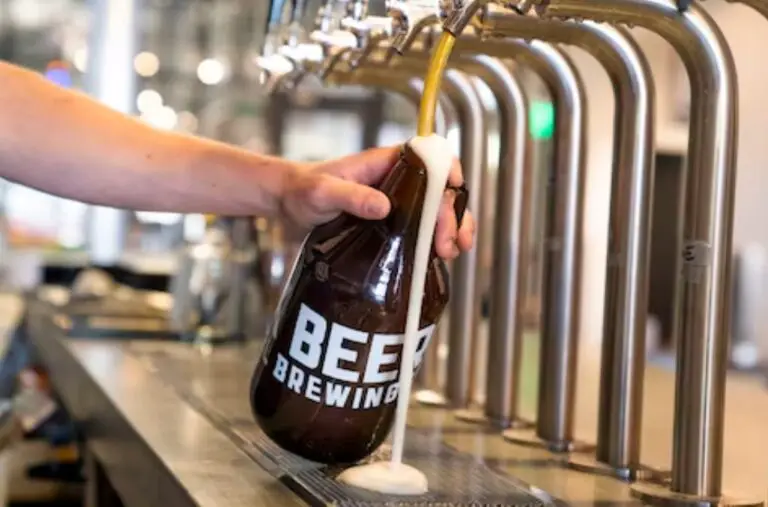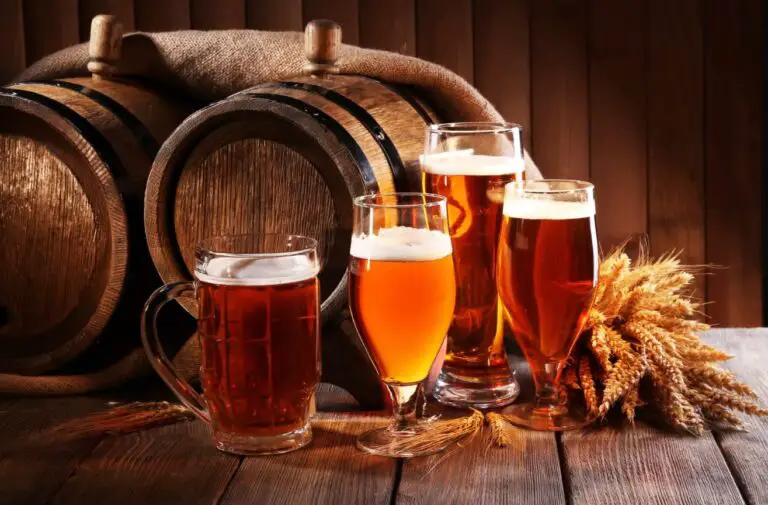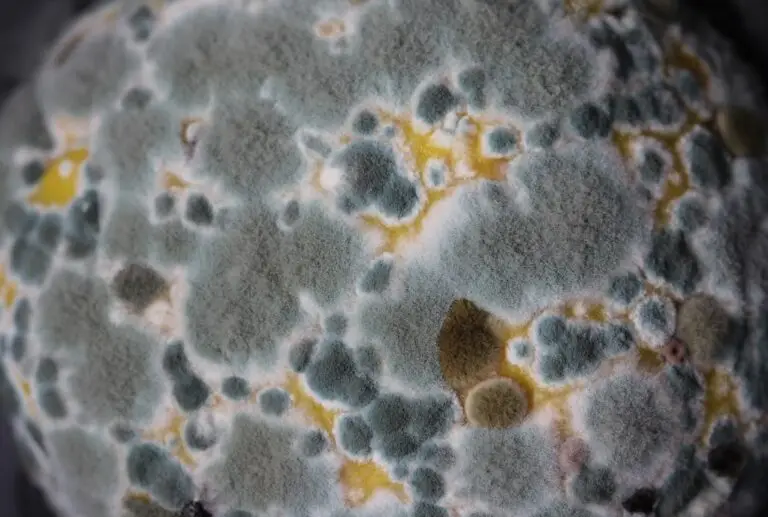How Is Sour Beer Made?
Wild yeasts – that’s the secret of sour beers. But let’s delve deeper: how is sour beer made? Sour beer, a distinctive beer style, sets itself apart from conventional beer by intentionally introducing wild yeasts and bacteria during fermentation.
This unique approach leads to a tart and often complex flavor profile that distinguishes sour beer from its more traditional counterparts. In this guide, we’ll delve into the straightforward yet distinct process of making sour beer and highlight the key differences that make it a standout category in craft brewing.
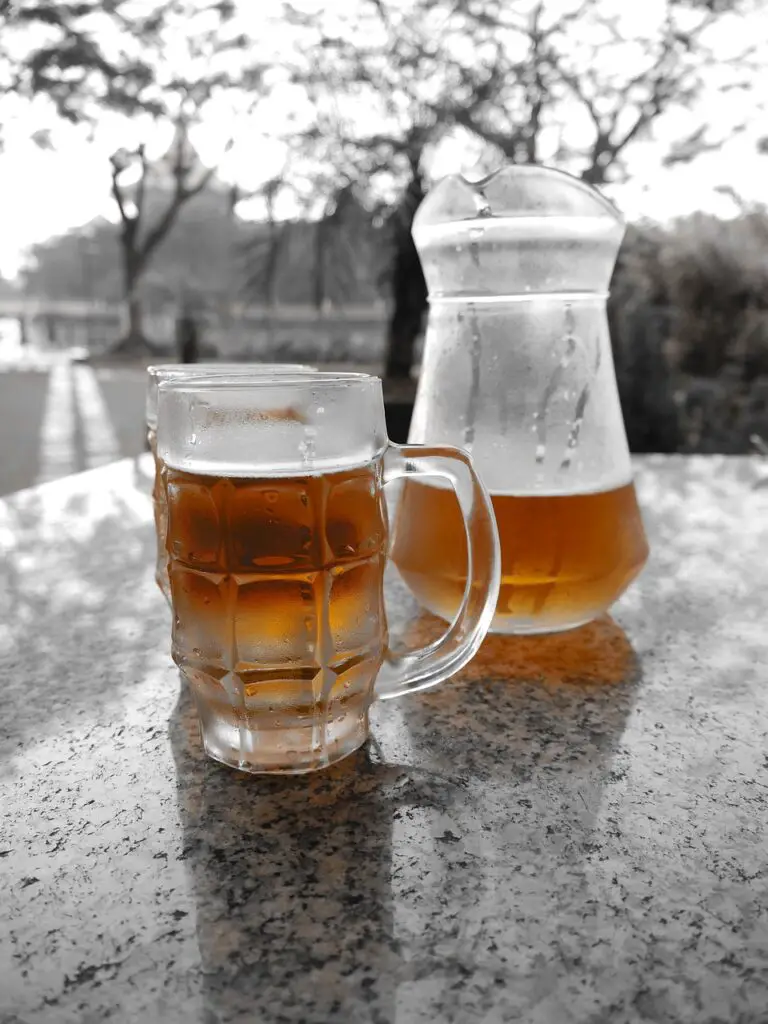
What Are Sour Beers? What Makes Them Special?
Sour beer is a distinctive category of brews renowned for its intentional sourness, which sets it apart from the more traditional beer styles. This tart and acidic quality is achieved by introducing specific wild yeast strains and bacteria during fermentation. Here’s a closer look at sour beer’s definition and its various characteristics:
Definition and Characteristics:
Sour beer is defined by its sharp, tangy, and often complex flavor profile. The sourness in these beers can range from mildly tart to intensely acidic, offering a unique and refreshing taste. These characteristics are a result of the microorganisms used in the brewing process, such as Brettanomyces, Lactobacillus, and Pediococcus. These microorganisms metabolize sugars in the beer differently than the standard Saccharomyces yeast used in traditional brewing, producing lactic acid and other compounds that contribute to the sour taste.
Different Types of Sour Beers:
Sour beer encompasses a variety of styles, each with its own distinct flavor profile and brewing methods. Some of the most notable types include:
- Lambic: Originating from Belgium, Lambic is celebrated for its spontaneous fermentation process, using wild yeast strains from the environment. This style often leads to complex, fruity, and sour flavors, and it’s the base for other popular Belgian sour styles like Gueuze.
- Berliner Weisse: A German-style sour beer that is known for its light body, high carbonation, and a pronounced tartness. It’s often enjoyed with flavored syrups like raspberry or woodruff to balance the sourness.
- Gose: Another German sour beer, Gose, is characterized by its mild salinity and hints of coriander. It combines the tartness of sour beer with a subtle saltiness, resulting in a unique and refreshing taste.
- American Wild Ales: Brewed in the United States, these beers often use American ingredients and a wide range of yeast and bacteria strains to create a diverse array of sour and fruity flavors. They’re known for pushing the boundaries of the style.
Each of these sour beer styles brings its own distinctive qualities to the table, making sour beer a fascinating category that continues to captivate beer enthusiasts with its intriguing and diverse taste experiences.
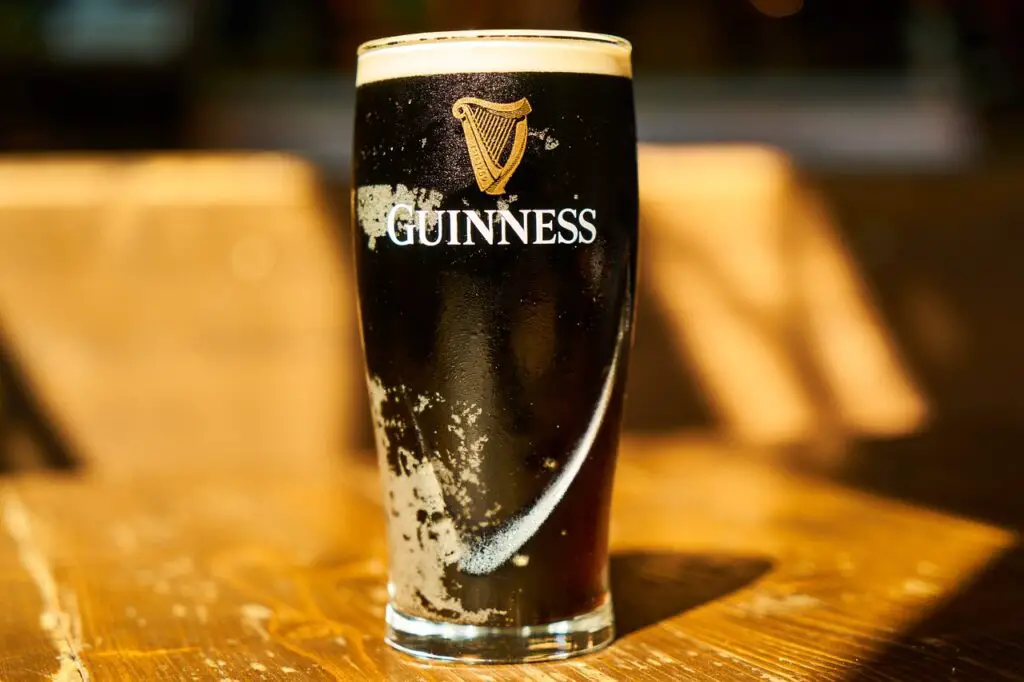
Beer Ingredients and The Brewing Process – Souring the Beer
Beer’s core ingredients are quite straightforward:
- Malt: Typically, barley malt is used, but other grains like wheat, rye, and oats can also play a role. The malt provides the fermentable sugars that yeast will turn into alcohol.
- Hops: These cone-shaped flowers contribute bitterness, flavor, and aroma to beer. They also help in preserving the beer.
- Water: The primary ingredient in beer, water quality can significantly impact the final taste and character of the brew.
- Yeast: Yeast is responsible for the fermentation process, converting sugars into alcohol and carbon dioxide.
The Brewing Process:
Brewing sour beer follows a similar process to other beer styles, with a crucial difference in the fermentation stage.
- Malting: Barley grains are soaked in water, allowed to sprout, and then dried. This malting process activates enzymes crucial for the subsequent mashing.
- Mashing: The malt is mixed with hot water to create a sugary liquid called wort. This is where the sugars are extracted from the malt.
- Boiling and Hopping: The wort is boiled, and hops are added for flavor and bitterness. This sterilizes the wort and extracts hop compounds.
- Fermentation: This is where sour beer diverges. In addition to the standard brewing yeast, wild yeast strains like Brettanomyces and souring bacteria like Lactobacillus and Pediococcus are introduced. This step typically occurs during primary fermentation, unlike traditional beers, where it’s avoided.
- Aging: Sour beers are often aged for extended periods. The aging process allows for the development of complex flavors and further sourness.
- Blending: Many sour beers are blended, mixing different batches to achieve the desired flavor profile and consistency.
Souring the Beer:
The introduction of wild yeast strains and bacteria is a pivotal step in crafting sour beer. These microorganisms are added during primary fermentation, and they work alongside the standard brewing yeast. Here’s why:
- Flavor Complexity: Wild yeast and bacteria contribute unique flavors and aromas, ranging from fruity and tart to funky and complex. They are essential for achieving the signature sour taste.
- Mixed Fermentation: Sour beers often undergo mixed fermentation, where various yeast strains and bacteria coexist in the same fermentation vessel. This interaction adds depth and complexity to the beer’s flavor.
- Role of Wooden Barrels: Wooden barrels, such as oak, are commonly used for aging sour beers. These barrels allow for microoxygenation, which can mellow harsh flavors, enhance complexity, and promote the development of sourness over time.
Introducing wild yeast and bacteria, along with the careful use of wooden barrels, plays a vital role in shaping sour beer’s unique taste and character, making them distinct from other beer styles.
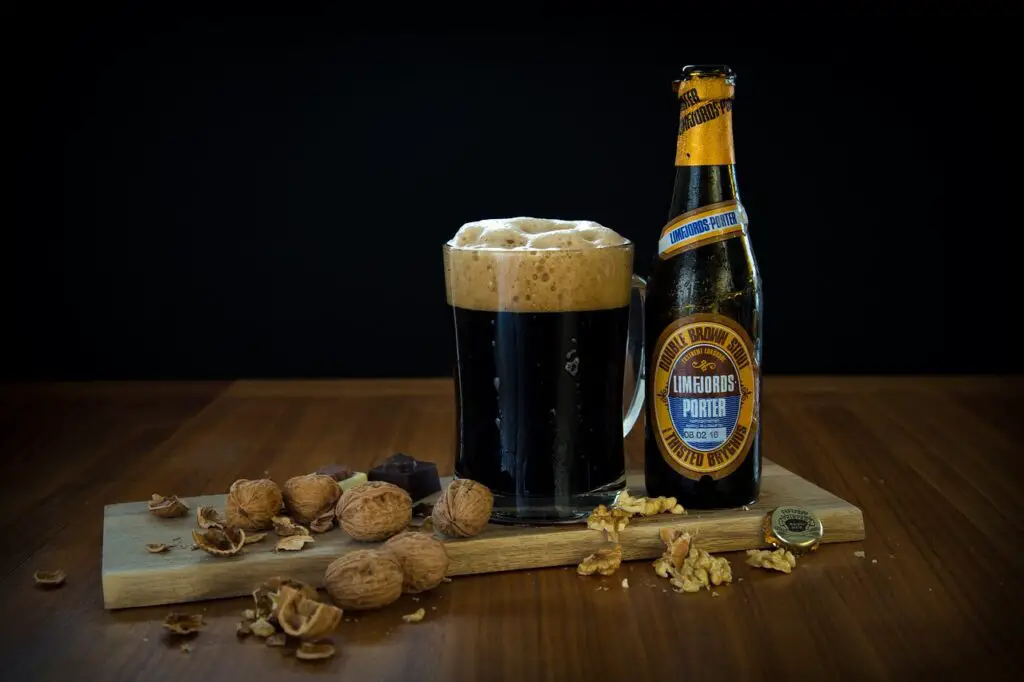
Types of Sour Beers
Sour beers offer diverse flavor profiles, often categorized into two main types: funky and complex and fruity and tart (there are even some sour IPAs!).
Funky and Complex Sour Beers:
Funky and complex sour beers are characterized by their intricate, layered flavors. These beers often have a depth and complexity that can be compared to fine wines. Key aspects of this style include:
- Brettanomyces Influence: Funky sour beers owe much of their complexity to Brettanomyces yeast strains. Commonly referred to as “Brett,” these yeasts can produce a myriad of flavors, including earthy, musty, and even barnyard-like notes.
- Aging and Blending: Extended aging and blending of different batches are typical in producing funky sours. This allows for the flavors to evolve, mellow, and become more harmonious over time.
- Wild Character: The unpredictable nature of wild yeast and bacteria contributes to the wild, untamed character of these beers. They can develop rich, earthy, and even leathery notes that add to the complexity.
Fruity and Tart Sour Beers:
Fruity and tart sour beers are known for their refreshing and approachable qualities. They are often vibrant and fruit-forward, making them a popular choice for those new to sour beer. Key features include:
- Fruit Additions: Many sour beers in this category have fruits added during fermentation or aging. This infusion of fresh or dried fruits can contribute delightful flavors, ranging from citrusy and tropical to stone fruits.
- Lactic Acid: Lactic acid bacteria play a significant role in creating the tartness in these beers. They produce a clean, crisp acidity that complements the fruitiness.
- Balanced Complexity: While fruity and tart sours may not be as intricate as their funky counterparts, they offer a balanced, easy-drinking experience. The fruitiness and moderate acidity make them enjoyable and refreshing options.
The Influence of Microbes:
Microbes, including wild yeast strains and bacteria, are the unsung heroes behind sour beer’s flavor diversity:
- Lactobacillus: Known for its ability to produce lactic acid, Lactobacillus is responsible for the tartness in many sour beers. It adds a clean, refreshing sourness to the brew.
- Pediococcus: Often working in tandem with Lactobacillus, Pediococcus contributes a rounder, more complex sourness and can produce diacetyl, which adds a buttery note in some cases.
- Brettanomyces: Brettanomyces yeast strains bring a spectrum of flavors, from tropical fruit and funk to earthy and leathery notes. Their influence on aroma and taste is remarkable.
- Fruit and Oak Aging: When sour beers are aged with fruit additions or in oak barrels, microbes interact with the added ingredients, contributing to the beer’s unique character. For example, oak barrels can introduce wood tannins, which enhance complexity.
What Are the Major Challenges of Souring Beer?
Brewing sour beer is a captivating endeavor, but it does come with its fair share of challenges. Achieving the right balance of sourness and maintaining consistency and quality can be challenging.
Controlling the Souring Process:
Souring beer requires precise control over the fermentation process, especially when wild yeast strains and bacteria are involved. Key challenges include:
- Timing: Determining the right point to introduce wild yeast and bacteria is critical. Too early, and they might outcompete the primary yeast; too late, and the desired sourness might not develop adequately.
- Temperature: Maintaining a stable temperature is crucial. Different strains of yeast and bacteria thrive at different temperature ranges, so brewers need to ensure the right conditions for each microorganism.
- pH Monitoring: Regularly monitoring the beer’s pH levels is vital. It helps brewers track the progress of the souring process and make adjustments as needed.
- Blending: Consistency often involves blending different batches of sour beer to achieve the desired flavor profile. Blending can be complex, as each batch may have unique characteristics.
Avoiding Contaminations:
Preventing unintended contaminations is another hurdle in sour beer production. Unwanted microbes can ruin a batch. Brewers take several measures to avoid this:
- Sanitization: Maintaining impeccable sanitation practices is non-negotiable. Equipment, fermentation vessels, and storage barrels must be thoroughly cleaned and sanitized to prevent unwanted microbes from taking hold.
- Dedicated Equipment: Some breweries have dedicated equipment specifically for sour beer production to minimize the risk of cross-contamination with non-sour batches.
- Separate Facilities: In some cases, breweries have separate facilities entirely for sour beer production to ensure the strict isolation of wild yeast and bacteria.
Guaranteeing Consistency and Quality:
Consistency and quality are essential for a successful sour beer program:
- Strain Management: Keeping track of yeast and bacteria strains used is essential for maintaining consistency. Cultivating and propagating these strains to ensure their vitality is a part of the process.
- Blending Expertise: Mastering the art of blending is crucial to achieving consistent quality. Blenders combine different aged and fresh batches to create the desired flavor profile, allowing for balance and complexity.
- Quality Control: Regular quality control measures, such as sensory evaluation and lab testing, help ensure that each batch meets the brewery’s standards.
Wrapping It Up
In summary, making sour beers is a fascinating journey involving unique ingredients, wild yeast strains, and the careful management of fermentation. The diverse styles, from funky and complex to fruity and tart, offer a rich tapestry of flavors.
While challenges in controlling the souring process and maintaining quality are present, the result is a category of beer that continues to captivate and delight beer enthusiasts with its complex and refreshing taste. So, savor a sour beer next time, knowing that it’s the product of meticulous craftsmanship and a little touch of nature’s wild side.

I am a young architect with a passion that goes beyond blueprints… it’s beer! undertherosebrewing.com is more than just a blog, it’s a manifestation of my lifelong dream to explore, read, and learn everything about beer. Join the blog on this unfiltered and genuine adventure into the heart of beer culture. Cheers!

